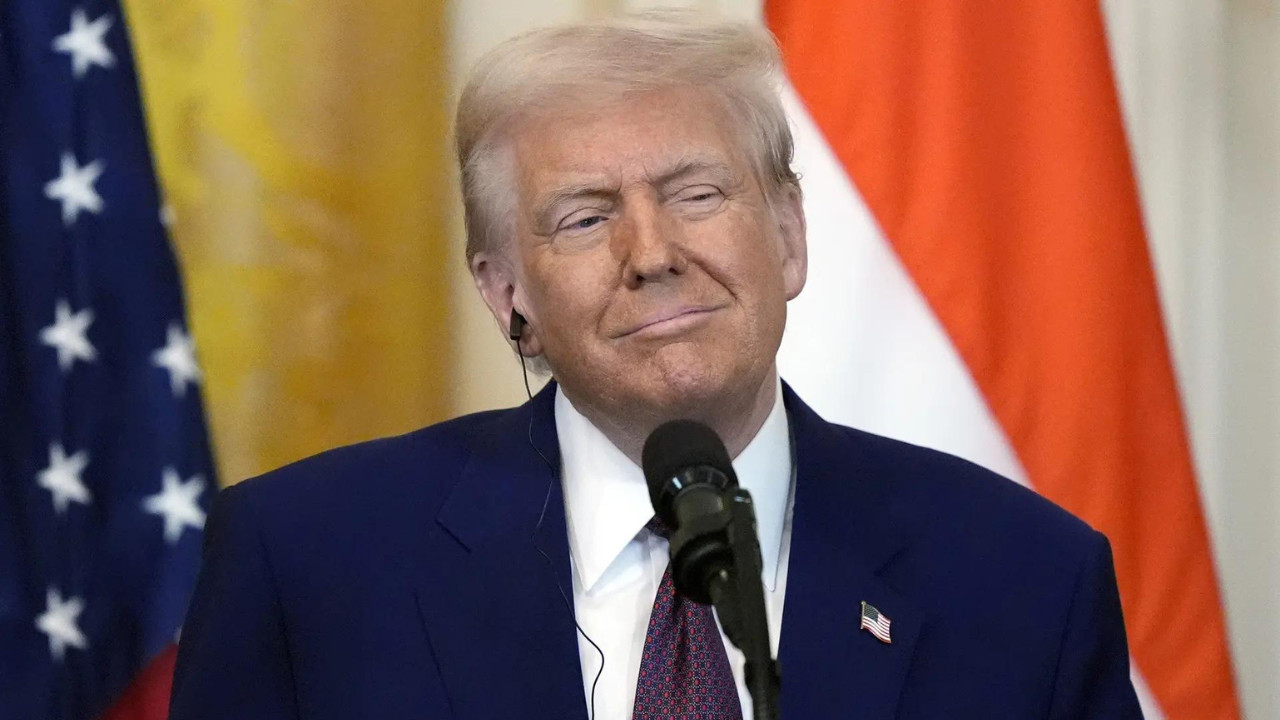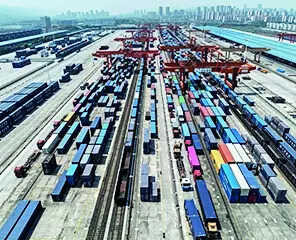Donald Trump’s administration is imposing a 25% tariff on all Indian goods starting August 7, 2025, without any product exemptions, unlike other nations. This move, perceived as exceptionally tough, aims to pressure India on geopolitical issues and trade deals, says GTRI. The tariffs are expected to significantly reduce India’s exports, particularly in petroleum, pharmaceuticals, and electronics, potentially decreasing overall exports by 30%.
India’s Trade Winds Shift: Navigating New Tariff Terrain
The global trade landscape is never static, but recent developments have certainly stirred the waters, particularly for India. A policy shift from across the pond has resulted in the revocation of preferential trade treatment, leaving many businesses and economists pondering the potential impact. The move, characterized by some as a “tough” trade action, signals a recalibration of economic relationships and forces a deeper examination of India’s trade strategies.
But what does this actually mean for Indian businesses and the broader economy? And how significant is this shift in the long run?
Understanding the Tariff Decision
At the heart of the matter lies the removal of India’s designation as a beneficiary developing country under the Generalized System of Preferences (GSP). This program, designed to foster economic growth in developing nations, allowed certain goods from India to enter the U.S. market duty-free. The rationale behind the revocation, at least publicly, centers on perceptions of India’s market access barriers and its overall economic development. The implication is that India has “graduated” beyond needing the assistance offered by GSP, while concerns over equitable trade practices remain.

Of course, there are multiple interpretations of the situation. Some view it as a purely protectionist measure, aimed at bolstering domestic industries in the imposing country, irrespective of the actual economic circumstances in India. Regardless of the motivation, the practical consequence is clear: select Indian goods will now face tariffs when entering the U.S. market.
The Potential Impact on Indian Businesses
The immediate impact is likely to be felt by sectors that heavily relied on the GSP benefits. These may include certain textiles, agricultural products, and engineering goods. Companies exporting these items will face increased costs, potentially eroding their competitiveness in the U.S. market. This, in turn, could lead to reduced export volumes, impacting revenues and potentially forcing some businesses to re-evaluate their strategies.
For smaller and medium-sized enterprises (SMEs), which often operate on tighter margins, the blow could be particularly significant. They may lack the resources to absorb the increased costs or to aggressively pursue alternative markets. This highlights the need for government support and proactive measures to help these businesses adapt.
However, it’s important to avoid painting an entirely bleak picture. While the tariff decision undeniably presents challenges, it also creates opportunities.
Opportunities in Adversity: Rethinking Export Strategies
The new trade environment provides India with a chance to diversify its export markets and strengthen its domestic manufacturing capabilities. Focusing on enhancing the quality and competitiveness of Indian products is essential. Investing in research and development, improving infrastructure, and streamlining regulatory processes can create a more robust and resilient export sector.
Furthermore, India can actively pursue trade agreements with other countries and regions to reduce its reliance on a single market. Exploring opportunities in Asia, Africa, and Latin America could unlock new avenues for growth. This is a strategic moment to deepen trade relationships with like-minded nations and foster a more diversified and balanced trade portfolio. Learn more about the government’s Make in India initiative for related policy.
A Stronger, More Resilient Future?
Ultimately, the revocation of GSP benefits presents both a challenge and an opportunity for India. By embracing innovation, diversifying markets, and strengthening domestic capabilities, India can navigate this new tariff terrain and emerge as a more resilient and competitive player in the global economy. The short-term adjustments might be painful, but the long-term benefits of a more diversified and competitive economy could far outweigh the initial costs. The situation forces a critical self-assessment, pushing India to further refine its trade policies and enhance its global standing. The future hinges on strategic action and a commitment to sustainable growth.







